In the Comments to yesterday’s post, Longtime Reader and Friend geekWithA.45 said this:
Tag: Cars
Last In The Line?
Many years ago, Jeremy Clarkson gave a V12 Aston Martin a test drive, and lamented along the lines of: “What’s terrible is that this magnificent engine is soon going to disappear, because governments and Greens are going to force it to be phased out. And that makes me very sad.” Very unlike him to be so gloomy (as opposed to enraged or vitriolic), made all the more so because it was the final scene of a season-ending episode.
I had a similar feeling when I read this review of the Cadillac CT5-V Blackwing, especially this part:
“Cadillac’s engineers knew for a while that along with the CT4-V Blackwing, the CT5-V Blackwing would be the brand’s last internal-combustion super sedan. They wanted to go out on a high, and there’s something gloriously absurd and subversive about this car in particular. By the middle of this decade, Cadillac will be all-electric.”
It’s one thing to hear Clarkson making a prediction, but it’s quite another to be faced with an unstoppable corporate decision.
I’ve never wanted to own a Cadillac of any description or era, but I have to tell you that right at this moment, if I had the cash, I’d go and buy one of these just because.
Then again, why would I want to reward Cadillac, when it’s going to stab us gear/petrolheads in the back soon with their Duracell cars? With the same cash situation, I would be even more tempted to buy one of these, simply because it has a V12 engine:
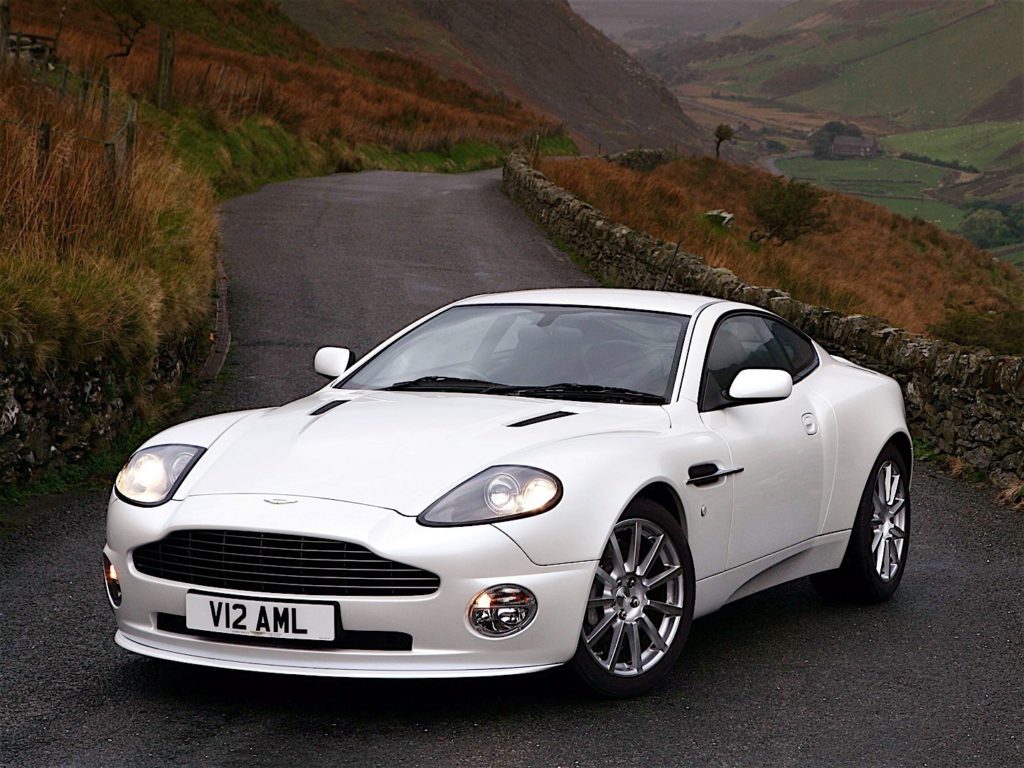
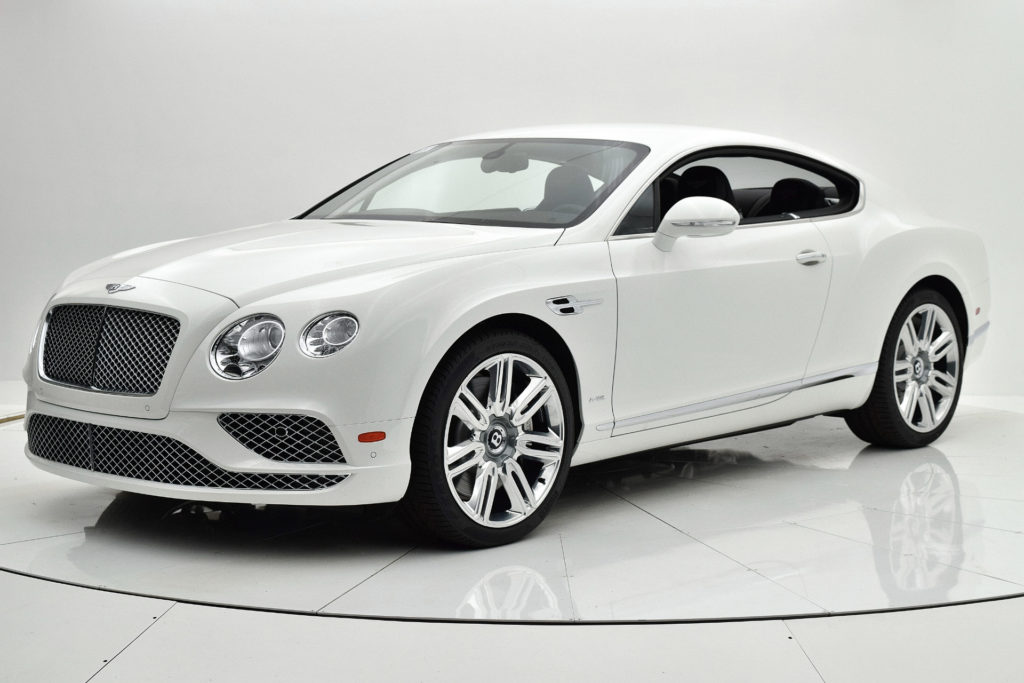
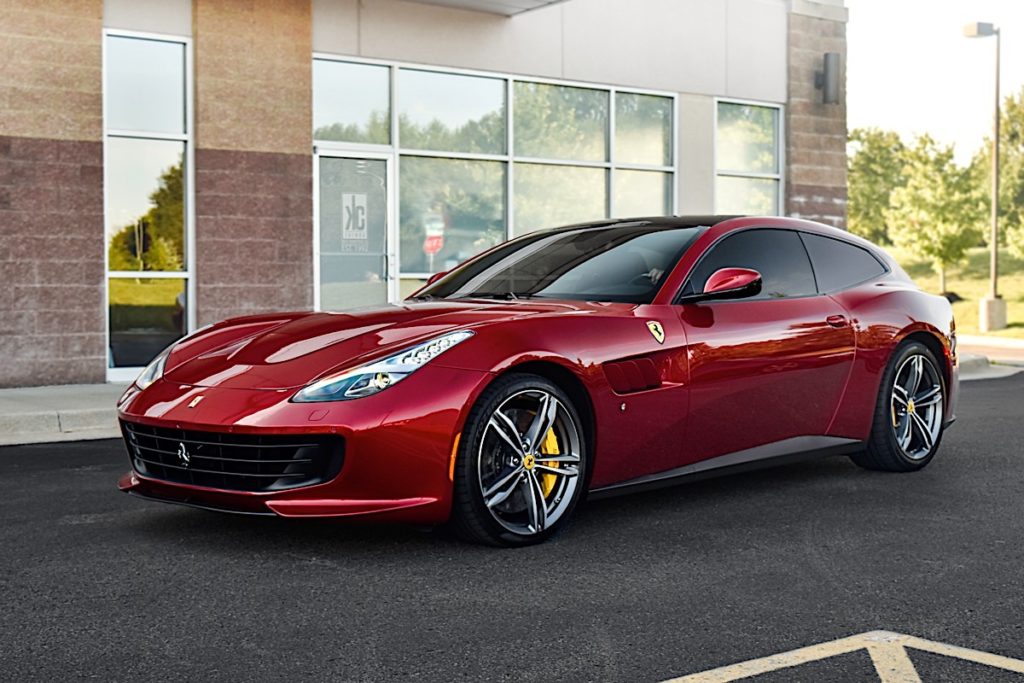
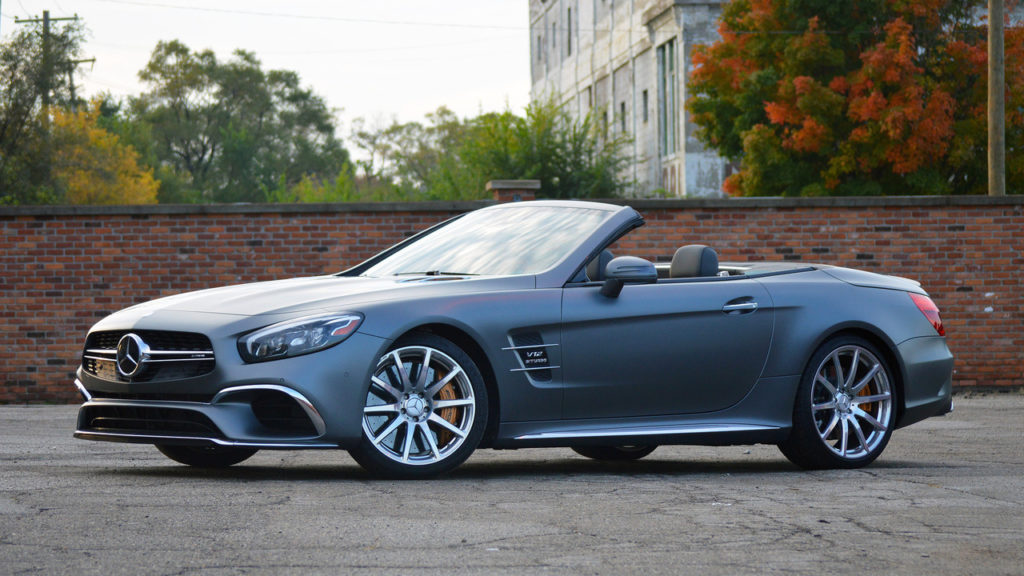
Don’t even get me started on some of the V12 oldies… e,g,
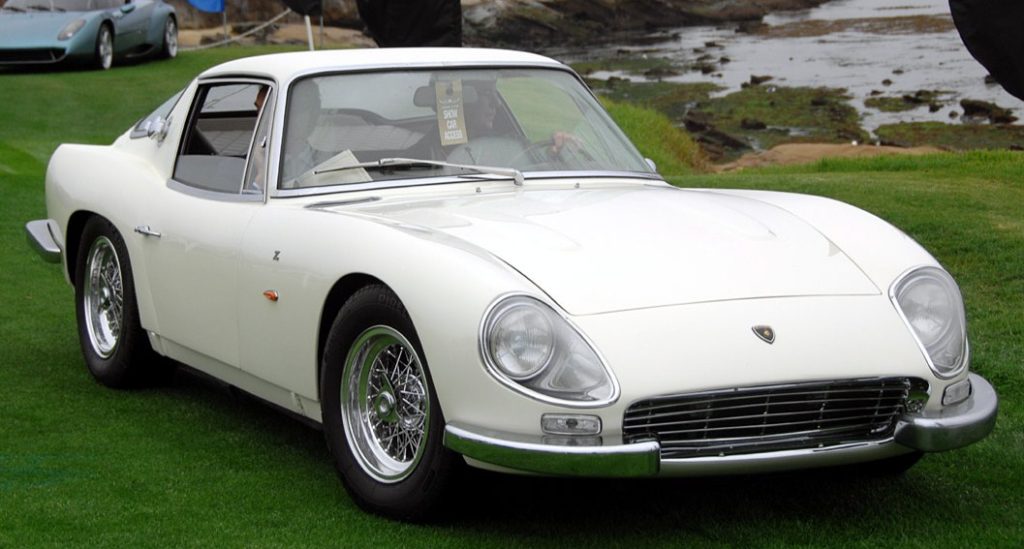
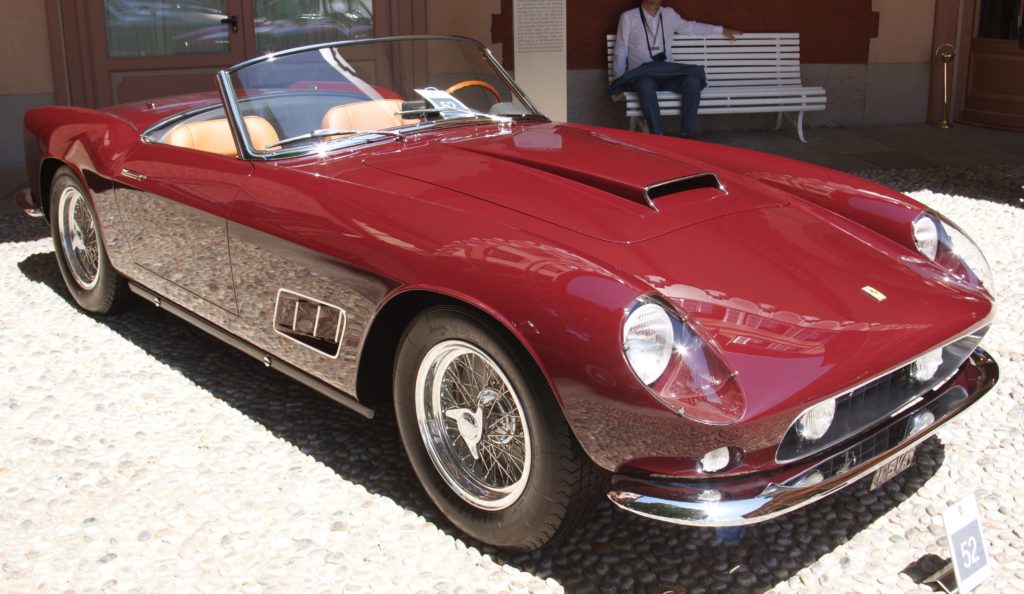
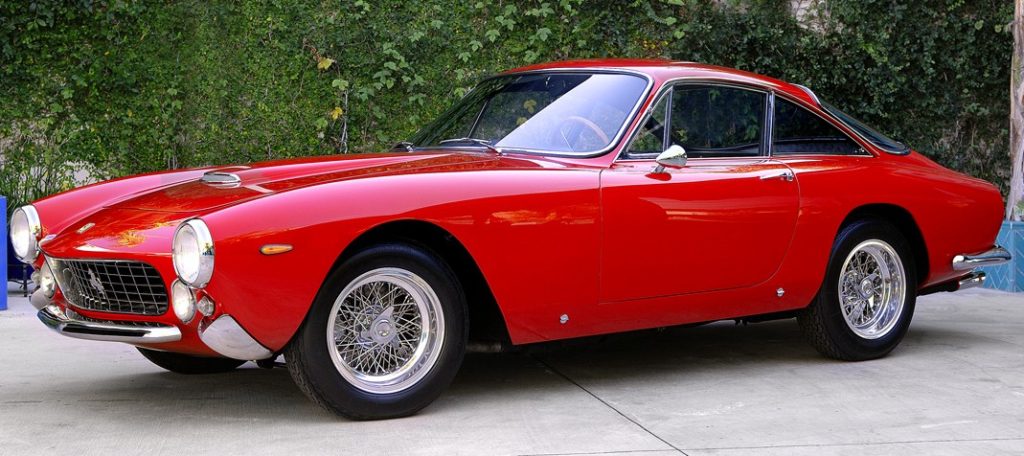
A pox on the Greens, may they all burn in the gasoline-powered flames of hell.
Alternative Fuel
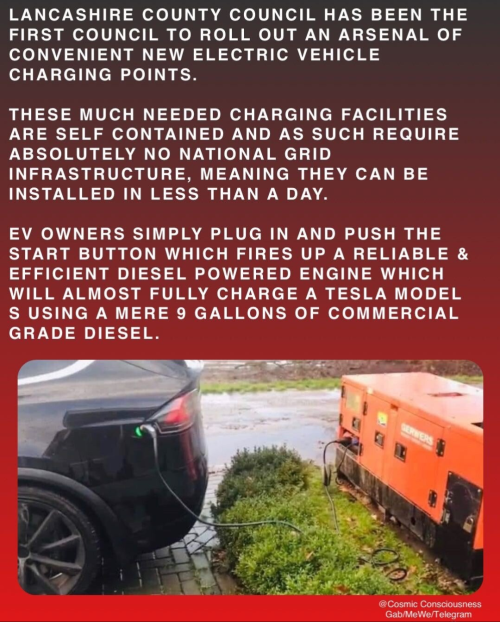
…OR:
You could buy a second-hand VW Jetta TDI for less than half the price of a Tesla. The Jetta has a 20-gallon diesel fuel tank which will take you over 500 miles, and which will burn those 20 gallons of diesel more efficiently with a lower carbon footprint than the generator takes to burn 9. And at 30,000 miles, you won’t have to spend a further $10,000 to replace its battery.
Just a thought.

The Problem With Jaguar
In yesterday’s post (), I said that I disagreed with Frank Stephenson’s Top 3 choices of outstanding Jaguar design (and if you haven’t read it yet, you should because otherwise a lot of which follows may not be understood).
“O Kim,” I hear you saying, “who are you to argue with the design choices of an actual car designer, you ignoramus?”
As with all things, it comes down to categorization. So let’s look at Stephenson’s Top 3 Jaguar designs:
1) 1954 Jag D-type:
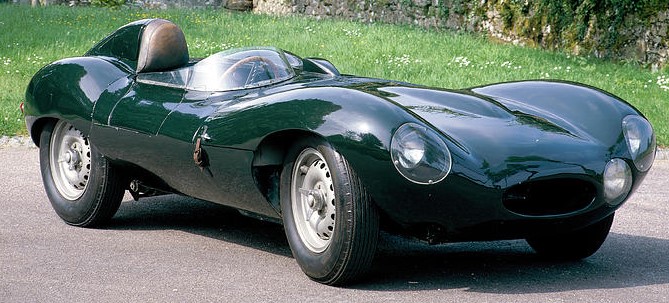
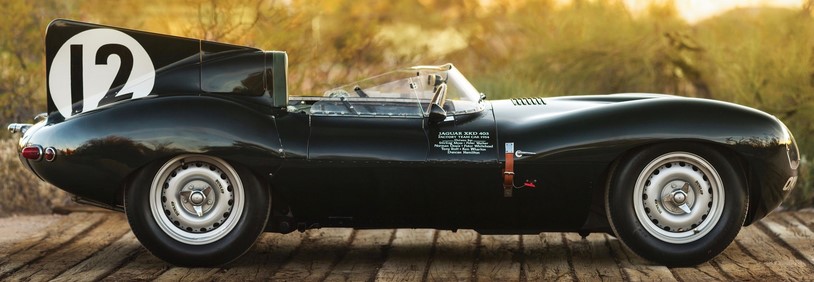
Is it jaw-droppingly gorgeous? Hell, yes, and sexy withal. But the problem was that it was designed as a race car — a track car, and therefore made in tiny quantities (which is reflected in the prices asked for each of the two dozen or so still known to exist). But I think the D-type is more important for what it did to Jag’s production sports car line which followed, and you all know where this is leading:
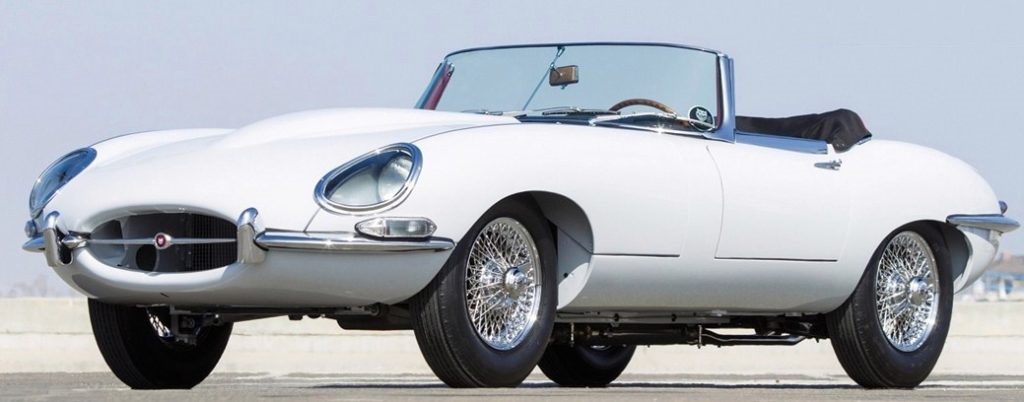

And as much as I like swoopy curves, I think the E-type is the design which not only set Jag apart, but caused others to try to copy its appeal in their cars, and failed.
To be fair, Stephenson does think that the E-type is the greatest car design ever, and I’m not sure that too many will disagree with him. But I think he did it a disservice by excluding it from his Top3 Jag designs, putting in instead the earlier D-type racer. Now did the D influence the E? Undoubtedly; but the E-type is still the superior design. His next choice, though, cannot be questioned:
2) 1950 Jaguar XK 120 OTS
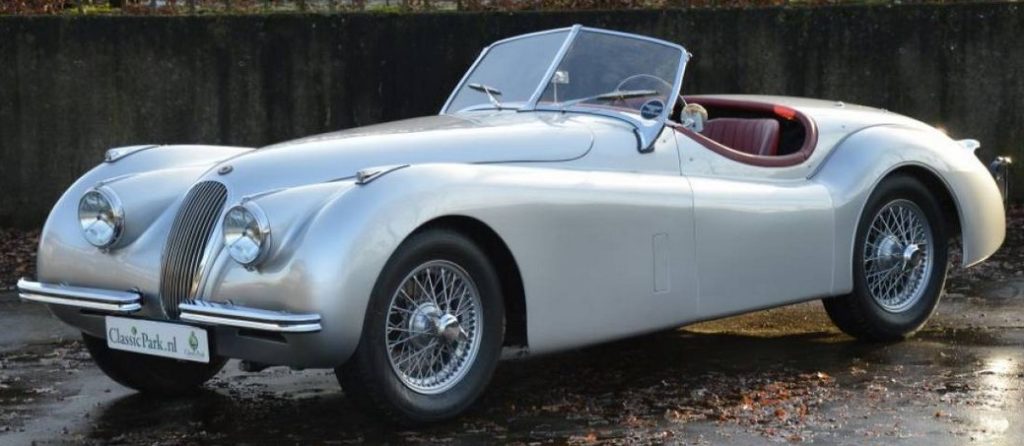
If you were to rebuild an exact replica of this car, modernizing only the electro-mechanical shortfalls of that vintage, there is not a man (nor maybe woman) alive who would turn it down if parked in his driveway as a gift. It is unmistakably a Jaguar, undoubtedly a classic, and irrefutably the supercar of its time. Its design would set the standard for Jaguar for a decade or more.
Finally, we come to Stephenson’s last choice:
3) 1955 Jaguar Mk 2
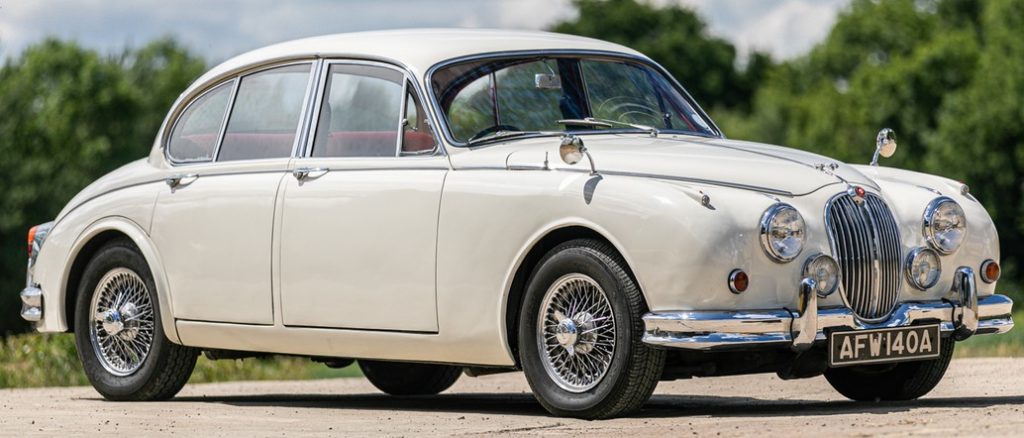
I’m not going to argue with this choice too much, because it was a good design — for Jaguar. Unfortunately, there were also more than a few cars around at the time which looked quite like it, e.g. the Lancia Aurelia:
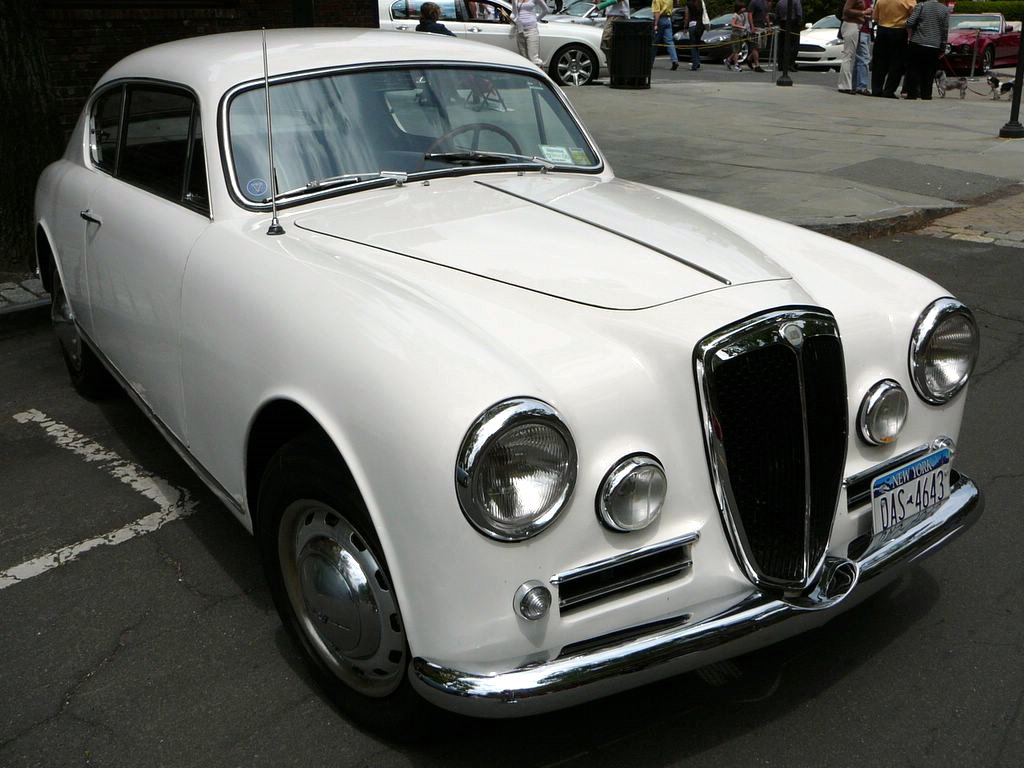
Honestly, if we’re going to look at an excellent Jaguar design perhaps worthy of a Top 3 position, we need to consider this one:
1969 Jaguar XJ6
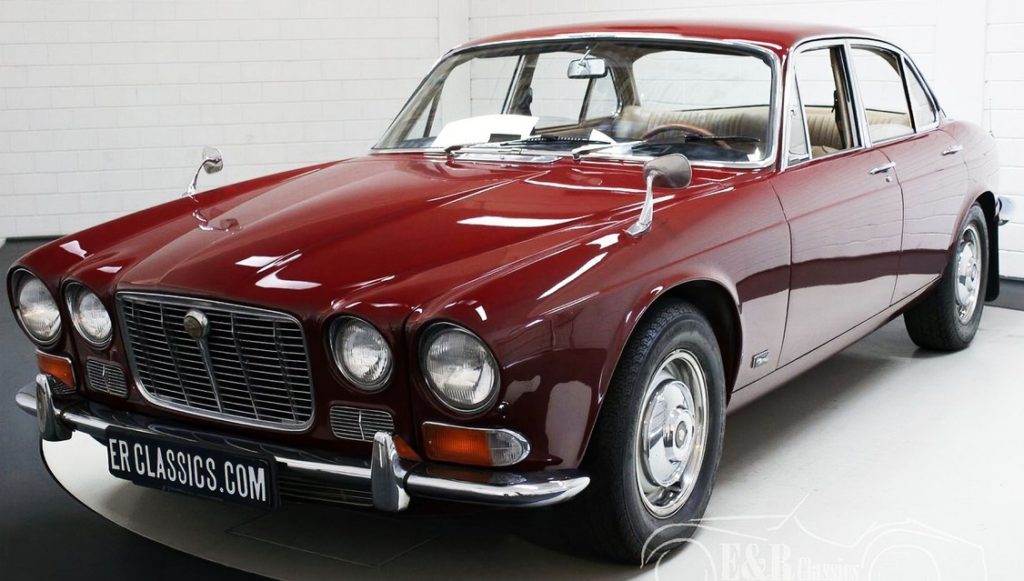
Over the next four decades, every single new XJ passenger car model flowed from this design, and like all the classic Jaguar designs, it was all about what Jaguar represented: understated, classy, yet with a hint of snarling power waiting to be unleashed.
So there you have my choices: the E-type, the XK 120 and the XJ6.
Feel free to discuss in Comments, as always.
Top 3 Designs
Not mine, this time, but those of a guy named Frank Stephenson who, it must be said, is a bona fide car designer and not just some guy on the Internet with an opinion — that would be me, among so many others.
Like me, though, Stephenson seems to favor cars designed in the pre-wind tunnel era — and certainly his design of, for example, the Ferrari 430 bears that out, even though he never actually admits it as such.
Anyway, our Frank opines on several brands’ designs — designs which he feel are statement cars and ones which either set, or reshaped the manufacturers’ designs for years to come.
Amazingly, though, I am in agreement with a lot of his selections despite my being a total amateur in this field. His take on BMW’s three best designs are spot on, for example — the M1, 507 (which are my top pair, as you may recall) and the E9 / 3.0l CSi (which would be my number 3 choice, by the way).
I don’t agree with all his Ferrari choices, though. Of course I agree with his selection of the Dino 246 GT and the 1960s-era 250 GT Lusso, but not so much with the 1970s 365 GT BB (which was really just a knock-off of the Lambo Miura P400 — as Stephenson himself acknowledges). From a pure design standard, I would have picked one of the Scuderia’s other offerings, although which one I’m not quite sure.
Anyway, here are the episodes I think are interesting:
- Ferrari
- BMW
- Jaguar (and I disagree with him vehemently, but that’s a whole post unto itself)
- Alfa Romeo (see Jaguar, above)
- Aston Martin
- Mercedes
- Porsche (!!!)
- Lamborghini
So kiss your Saturday goodbye, and if yer Missus yells at you, blame me. I’ll be talking more about this topic tomorrow.
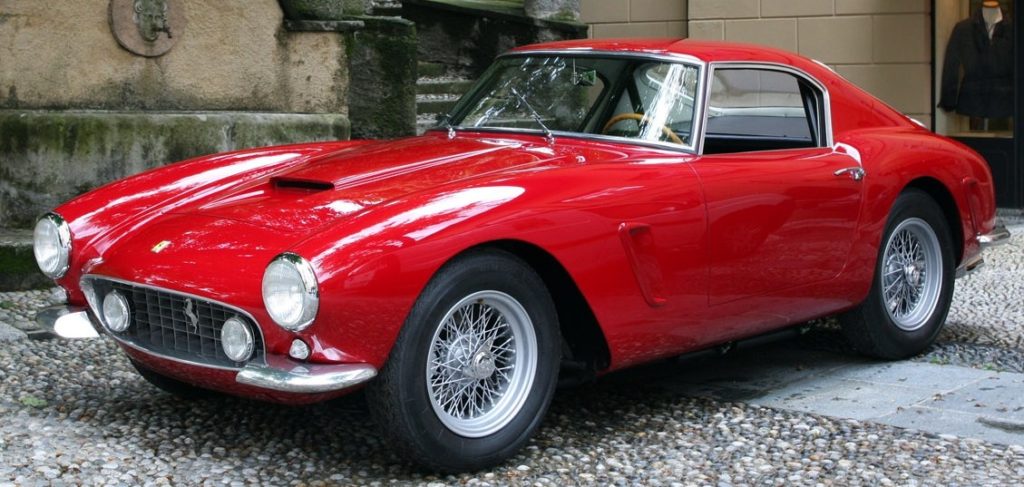
Dino Time
Iain Tyrrell walks us through the two Dino cars — Fiat and Ferrari — and I think you will begin to understand why I love them both.
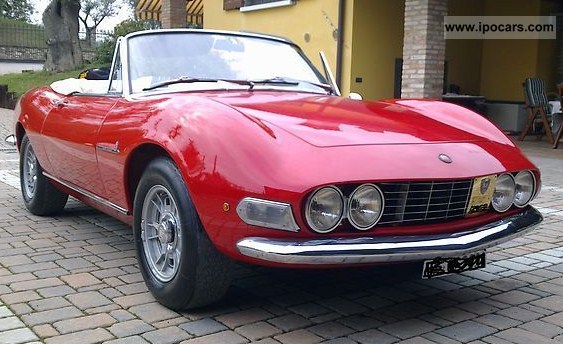
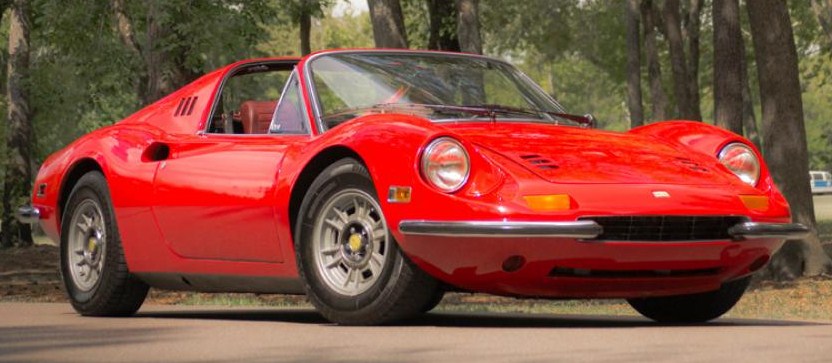
That slooshing sound you may hear in the background is my drooling.

Looking across The Pond, where this Green foolishness has reached its apogee, you get statements like this one:
“Shared mobility” means at best enforced carpooling and such, and at worst public transport, which denies people the freedom to go anywhere except where the bus routes and train lines so they can. Individual choice, then, is left to bicycles or this confounded electric scooters.
But note the condescension towards “20th-century thinking” — that would be the twentieth century which outdid the Industrial Revolution in its engineering development and progress, that created the explosion of knowledge distribution which outdid the invention of the printing press, and gave individuals all over the world freedoms unknown since the beginning of recorded history.
In fact, if you think about it, the junior minister’s statement would put individuals back onto trains, buses and bicycles — i.e. the transport systems of the nineteenth century — and no doubt for reasons of animal cruelty, no horseback travel would be allowed, thus making the twenty-first century’s inhabitants even worse off than their nineteenth-century forebears.
A couple years ago, BritPM Boris Johnson decreed that internal combustion-engined cars would be banned from manufacture by 2027 — by what law he didn’t say, which is a topic all by itself — thus making the hapless subjects of the Crown eventually reliant on electric-powered transport, to be powered by an electrical system which is even now insufficient for its existing purpose, let alone the gargantuan future needs of all-electric transportation — hence the suggestion of the junior minister (age 45).
All the same is true over here, although I would suggest (or hope) that any U.S. president who decreed the end of car manufacture as we know it would be thrown out of office at the next election — if not before — and the sheer size of the U.S. market would make the demise of gasoline-powered cars and trucks a remote eventuality indeed.
Although, as The Geek has suggested, the internal combustion engine will most likely meet its end by the death of a thousand cuts rather than by any single authoritarian decree.
It may well be, however, that the key word here is “remote”. I’ve seen several studies among the future generation (under 25 years old) that they are all in favor of the above foolishness — electric cars, mass transport systems etc. — and to be perfectly blunt, if all this is a matter of demographics, then fine: let the future generations revert to nineteenth-century transportation and be governed by twenty-first century totalitarianism.
My generation will all be dead by then, and the little buggers can live with the consequences of this Green silliness that they and their parents adopted oh-so willingly.